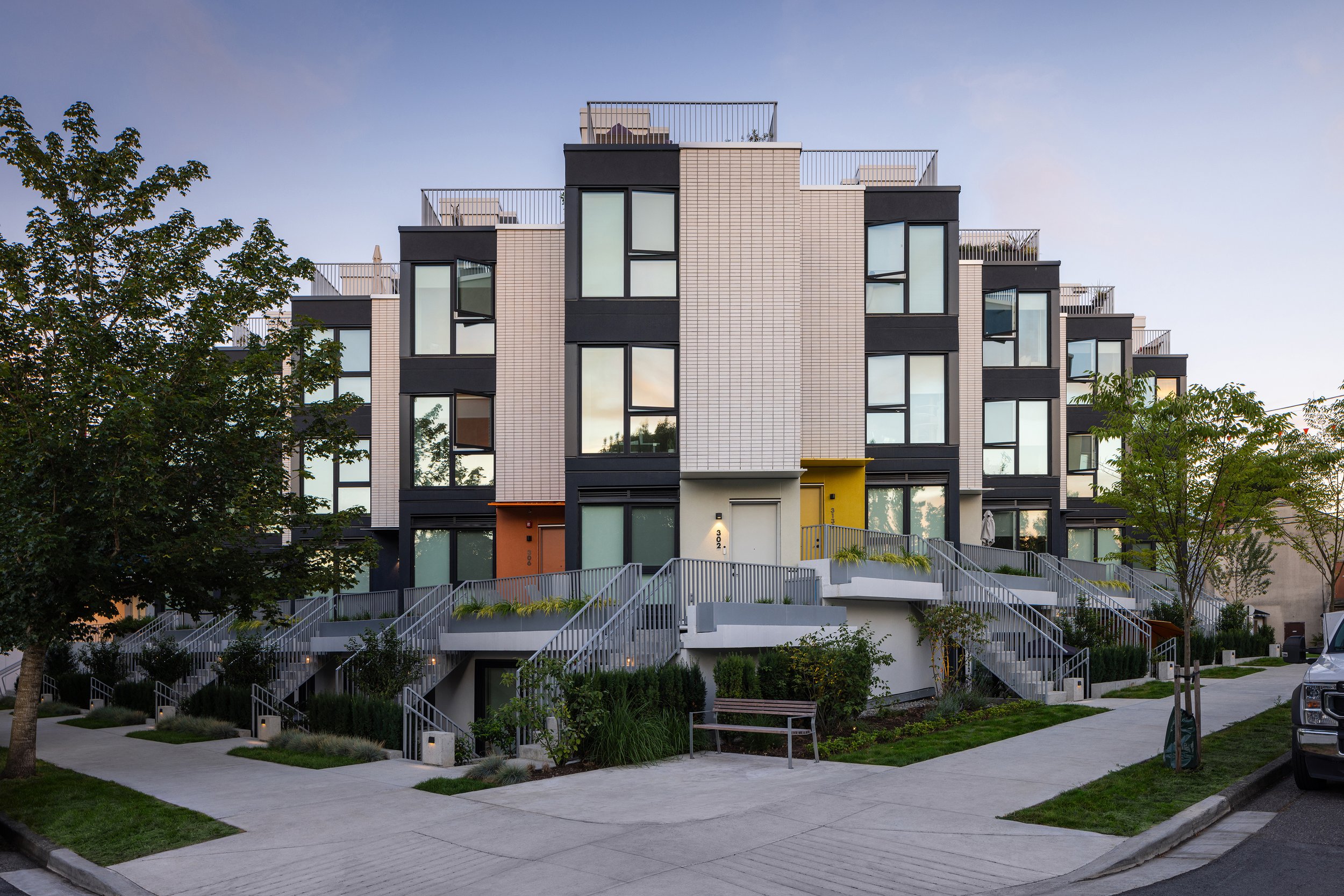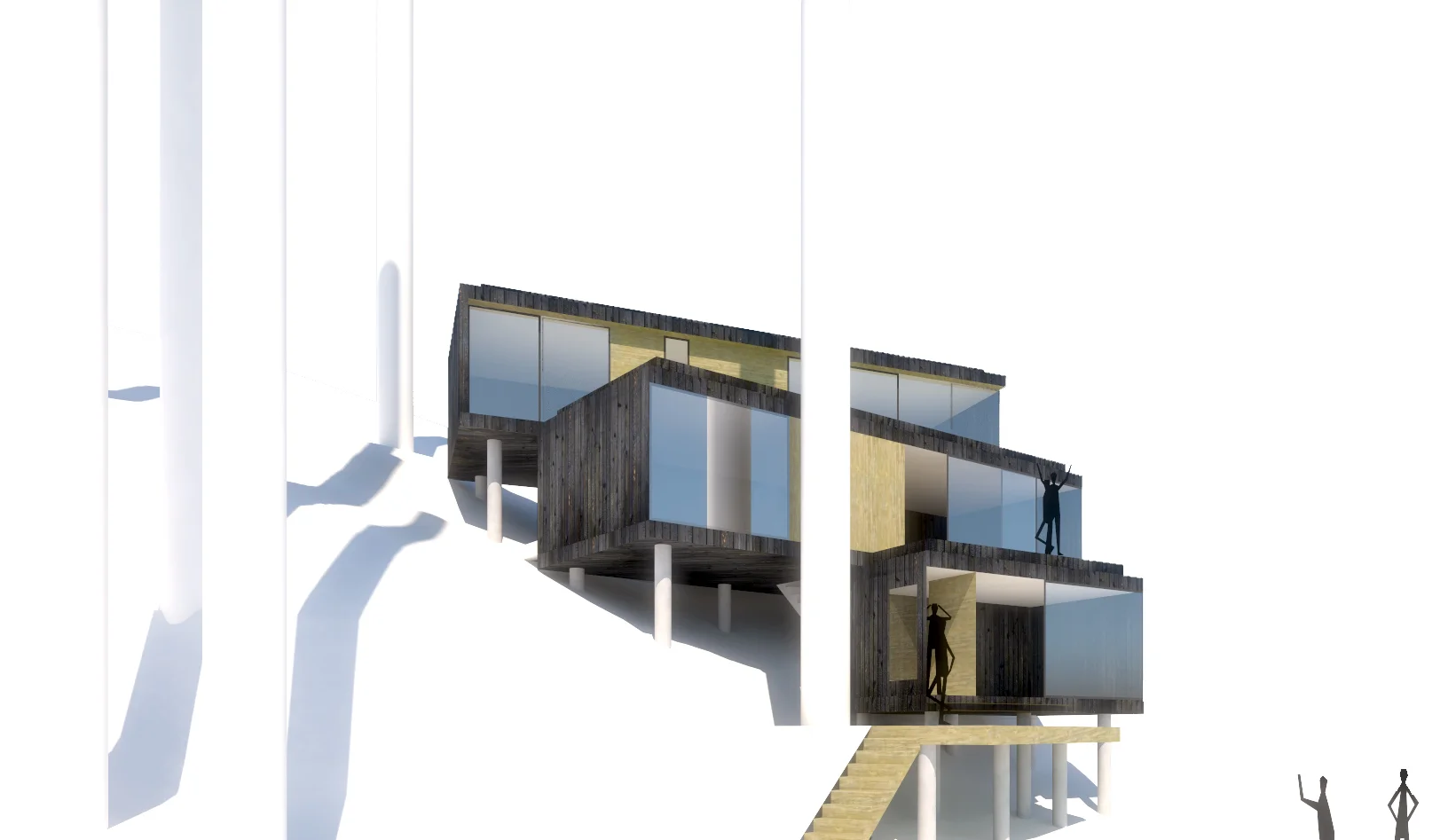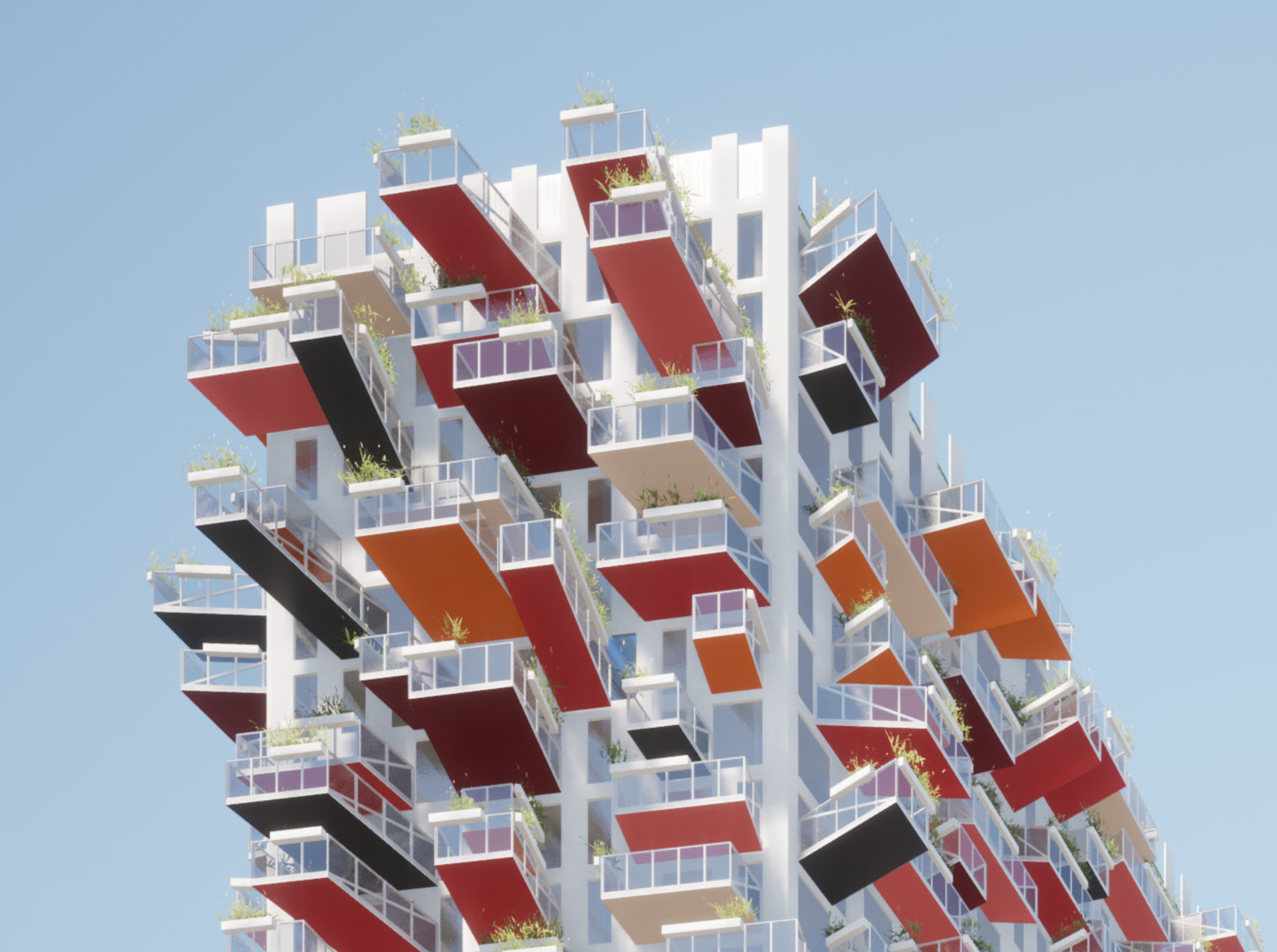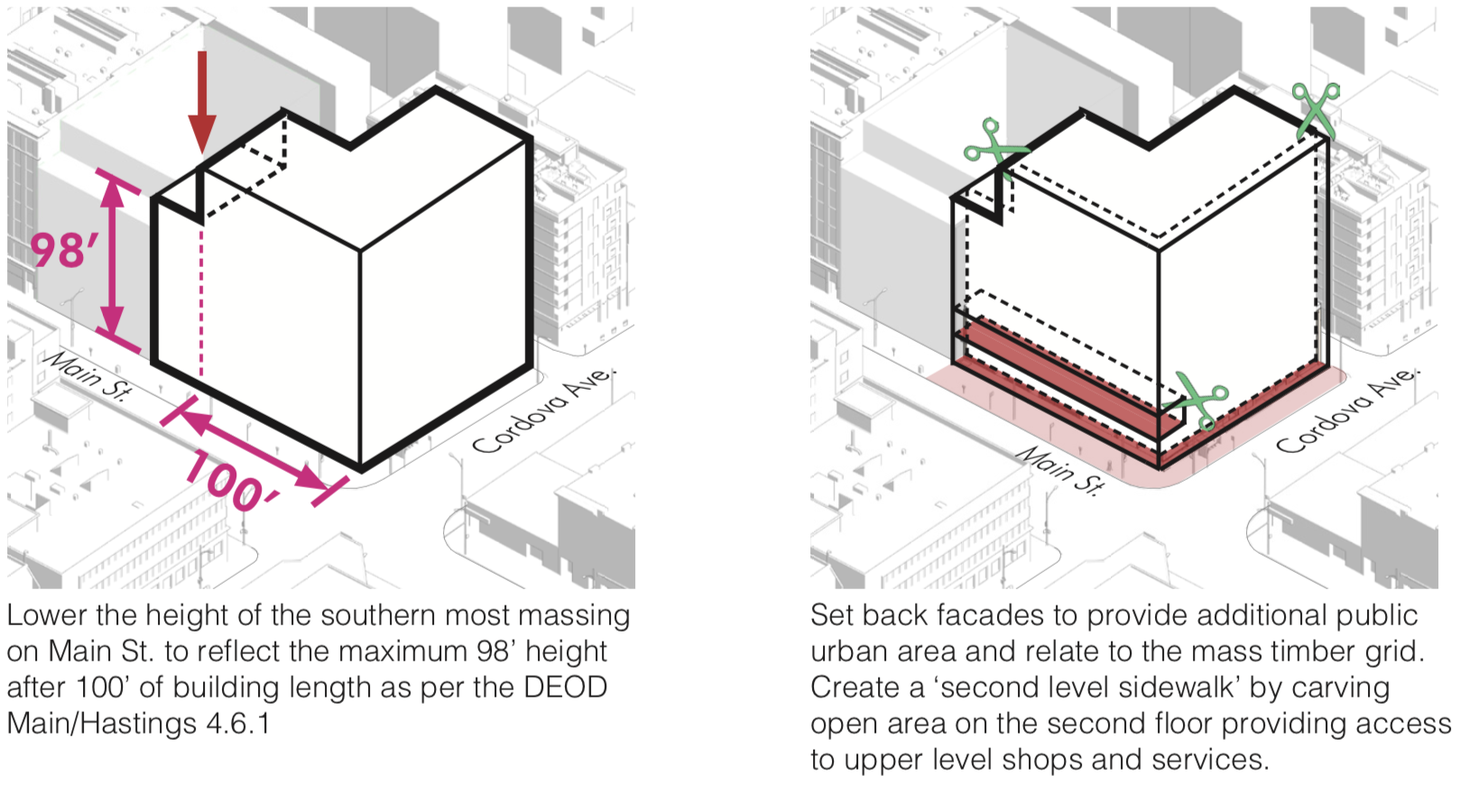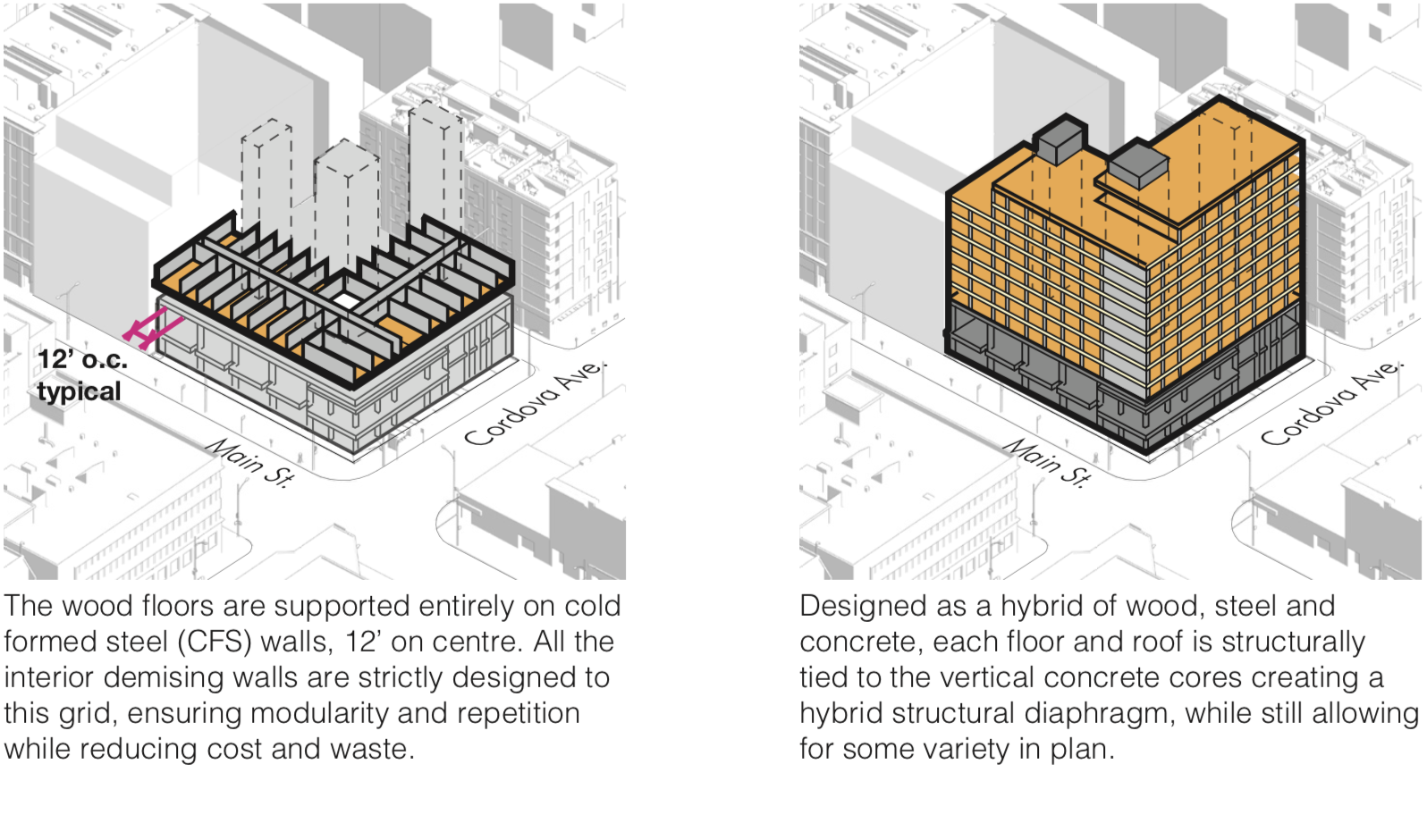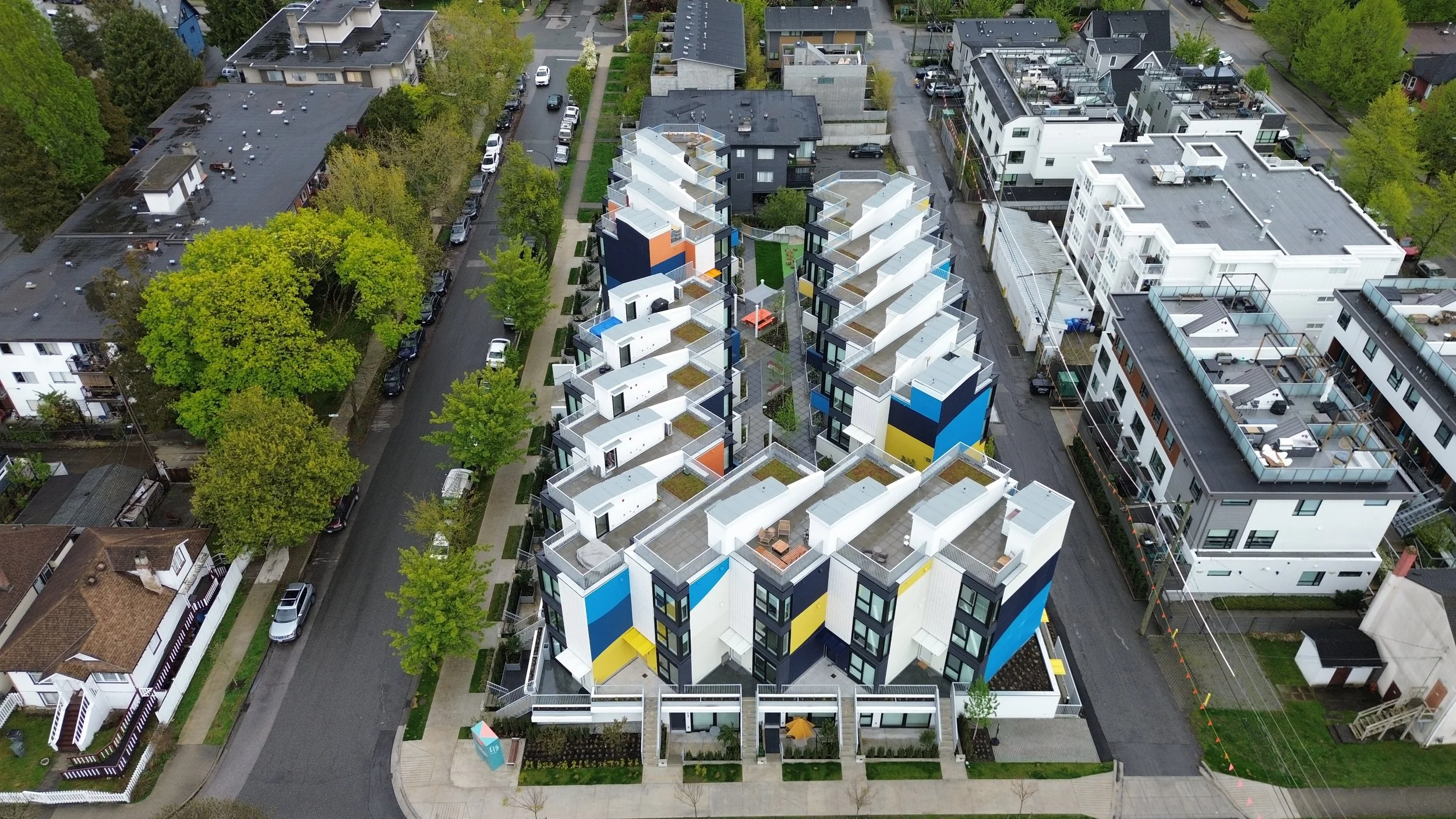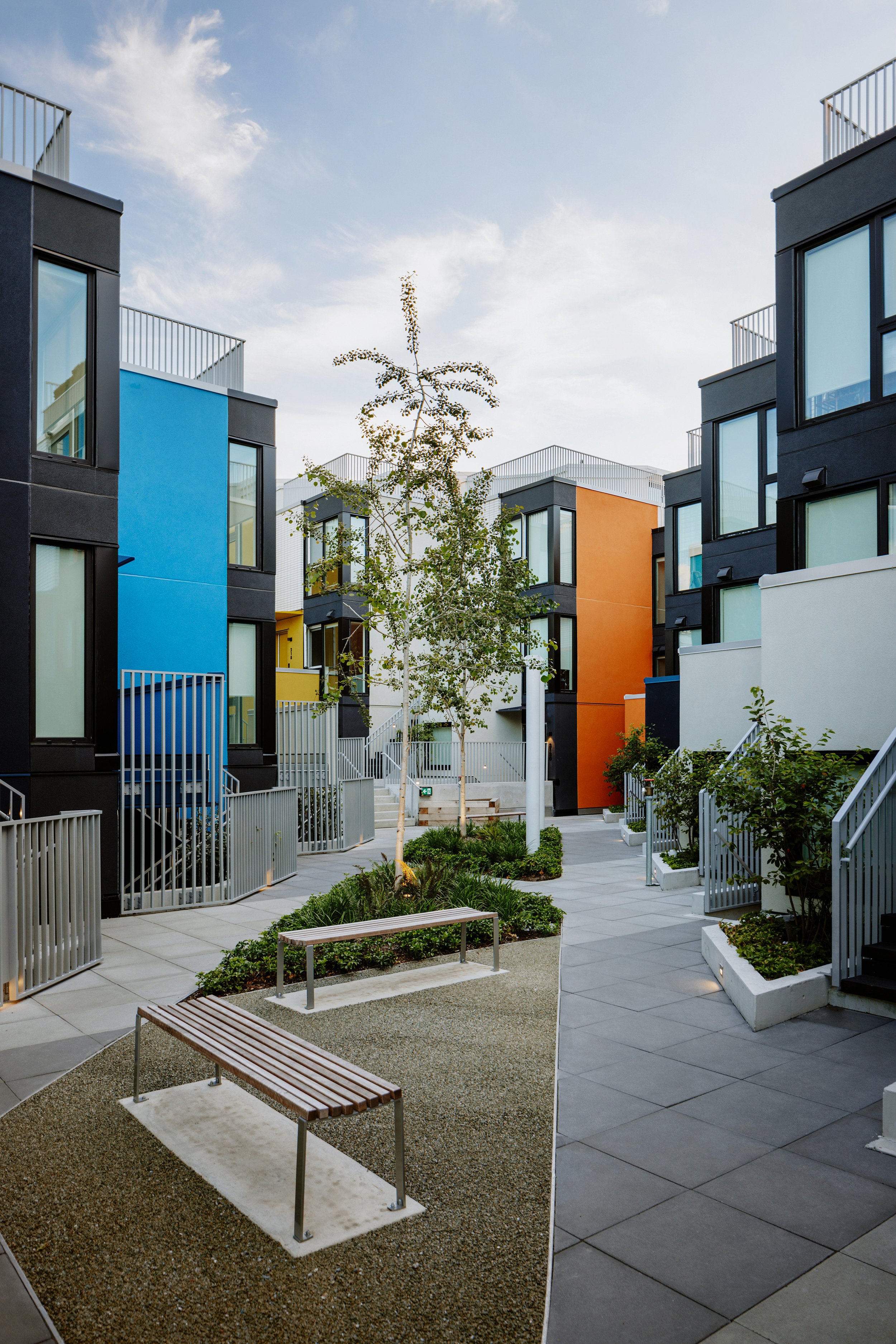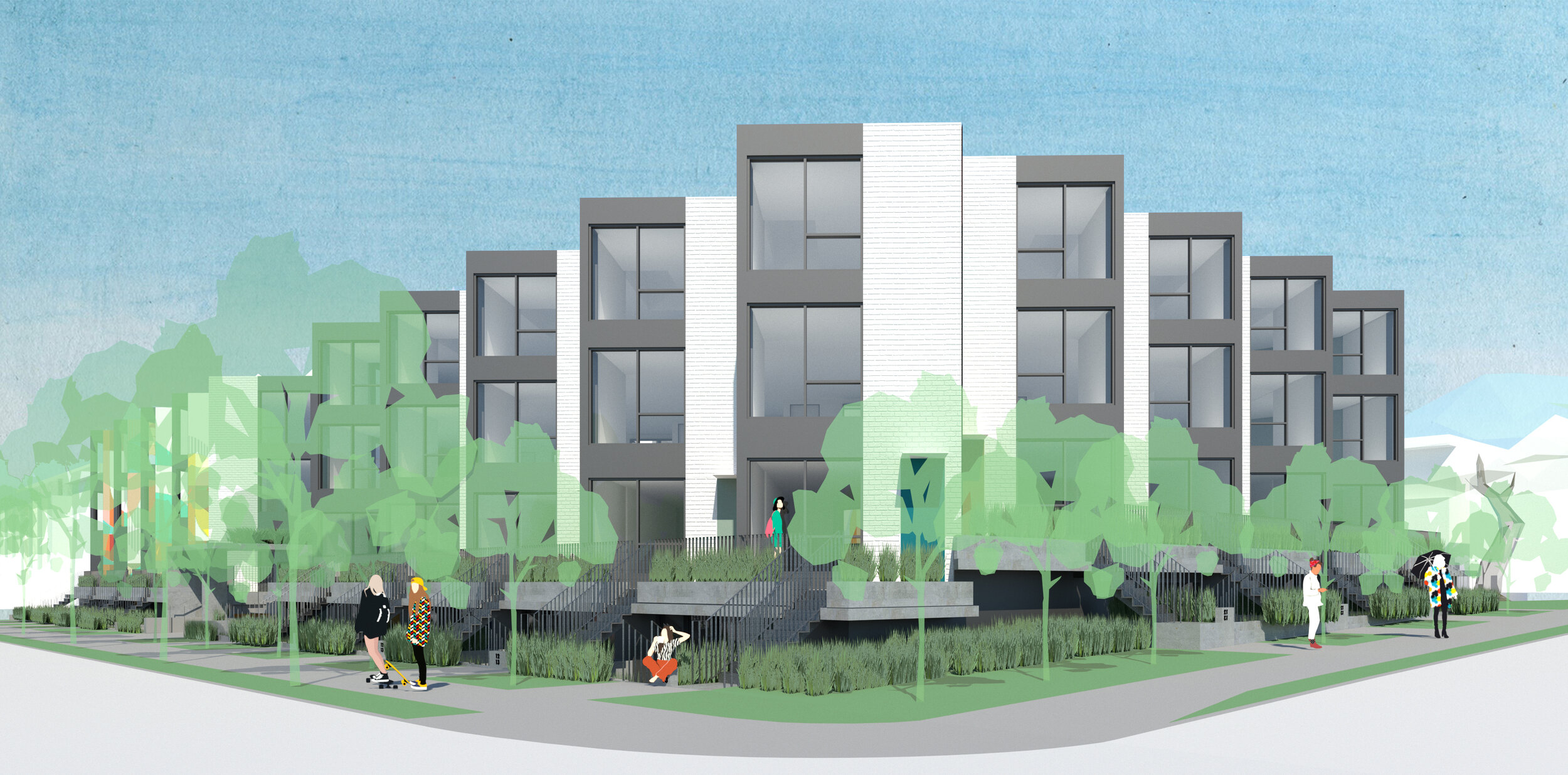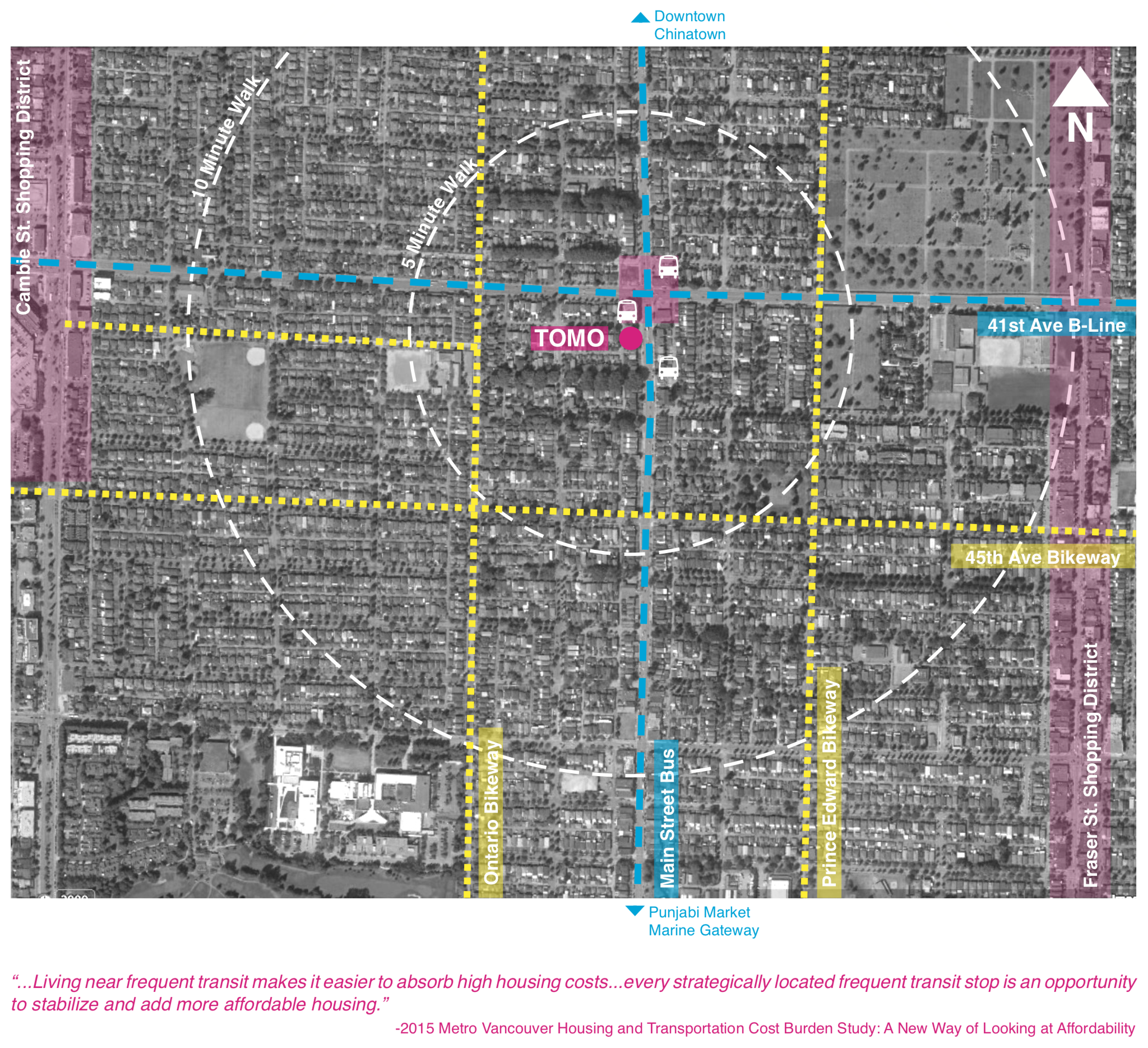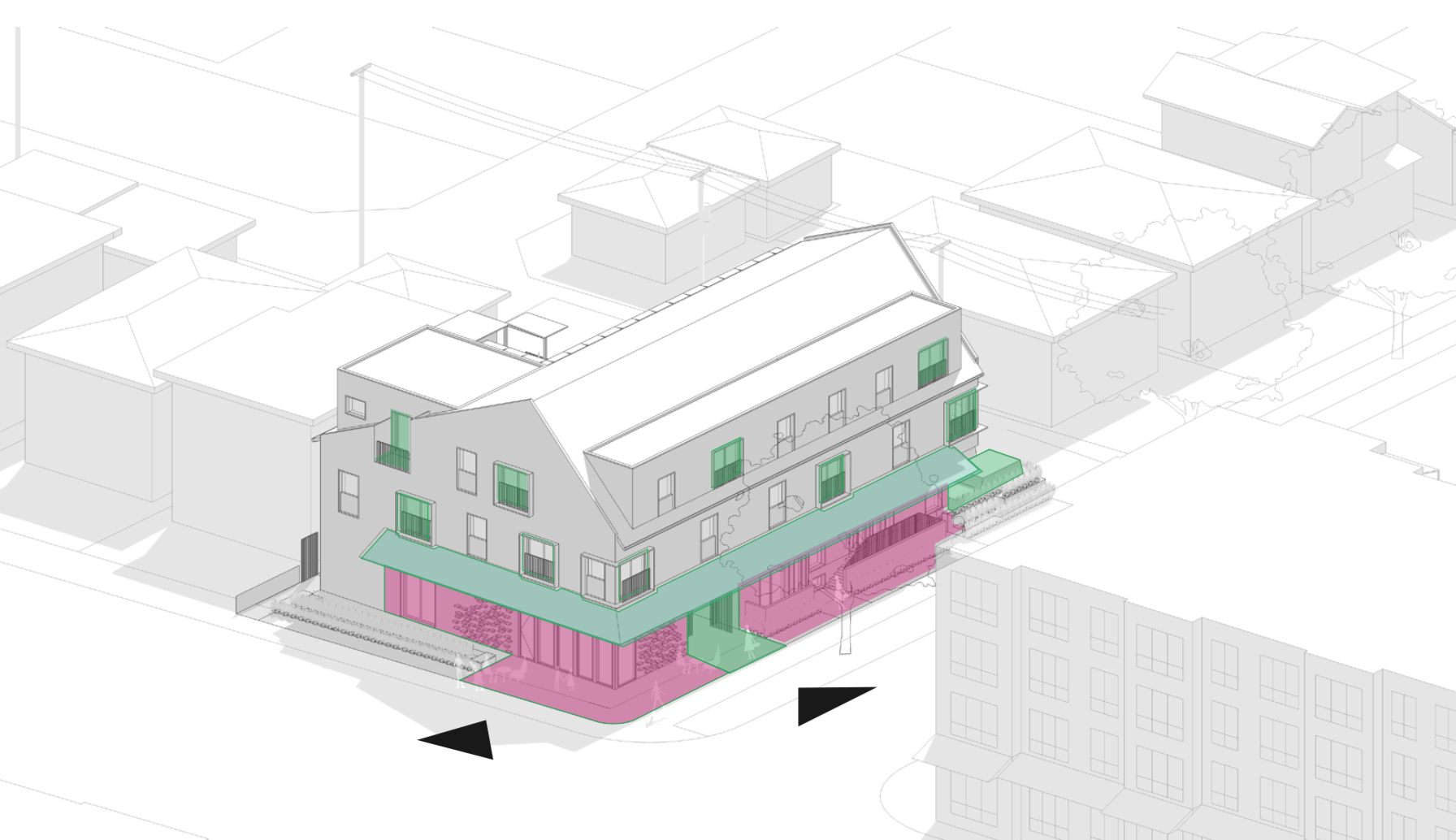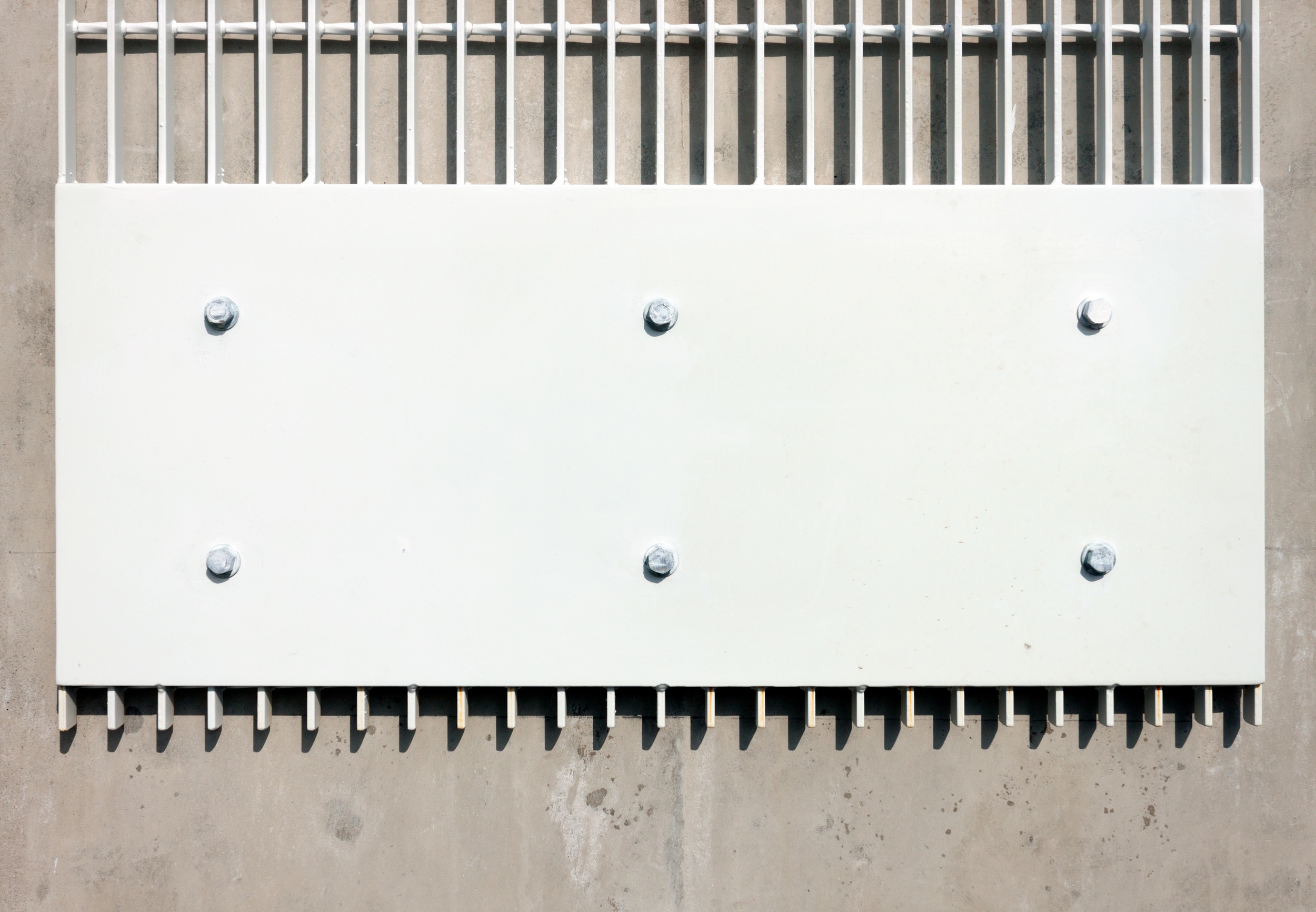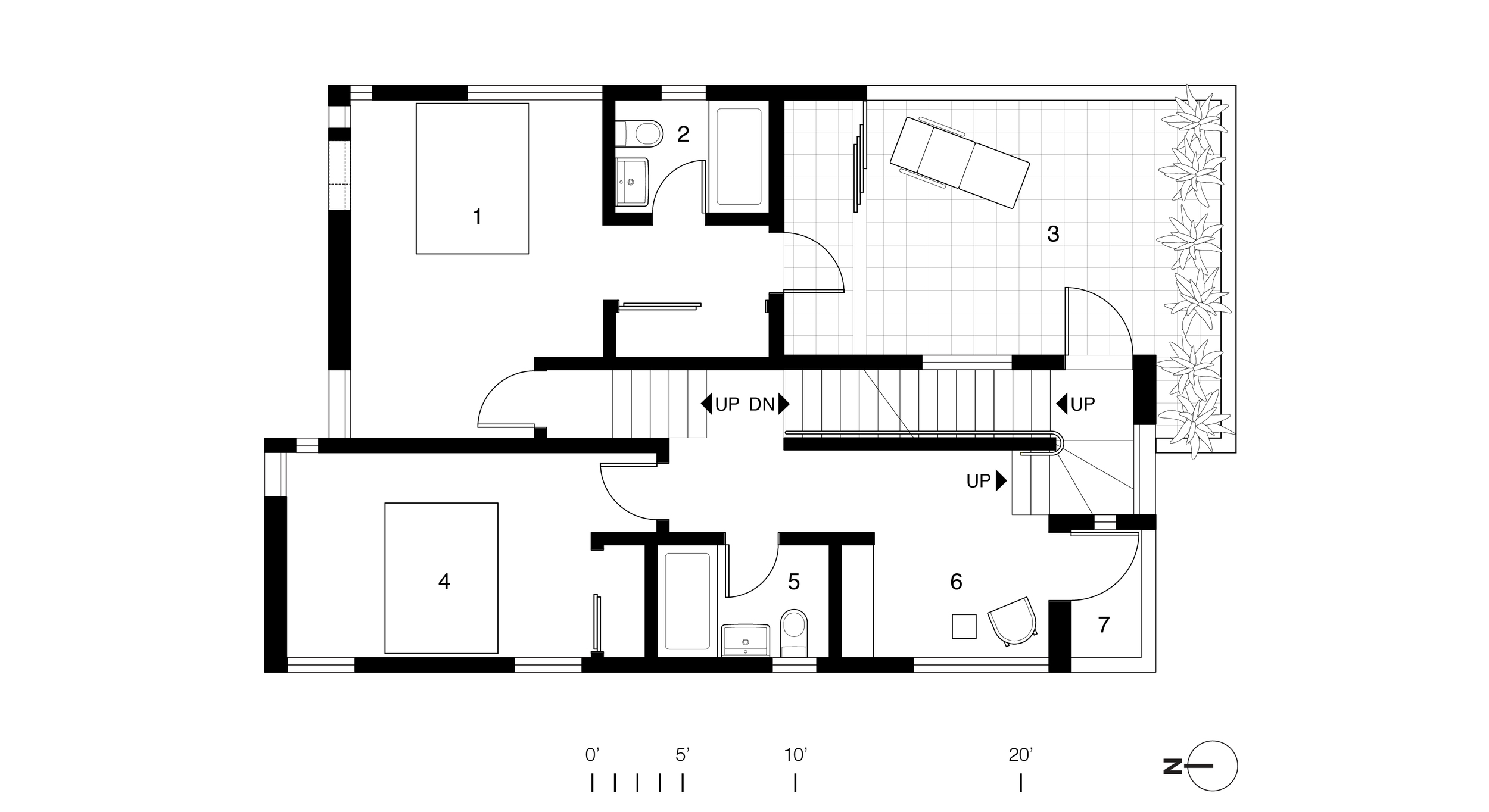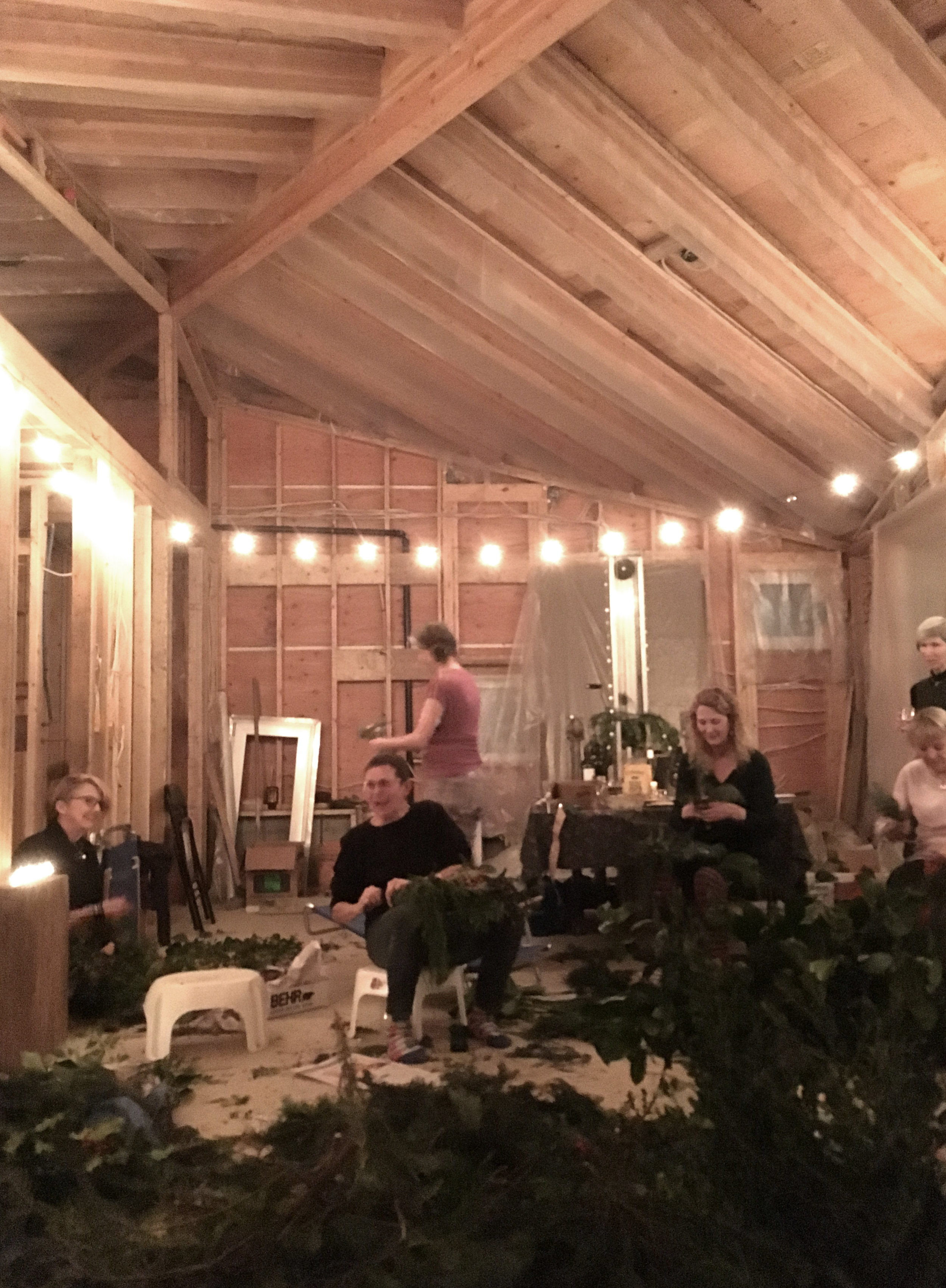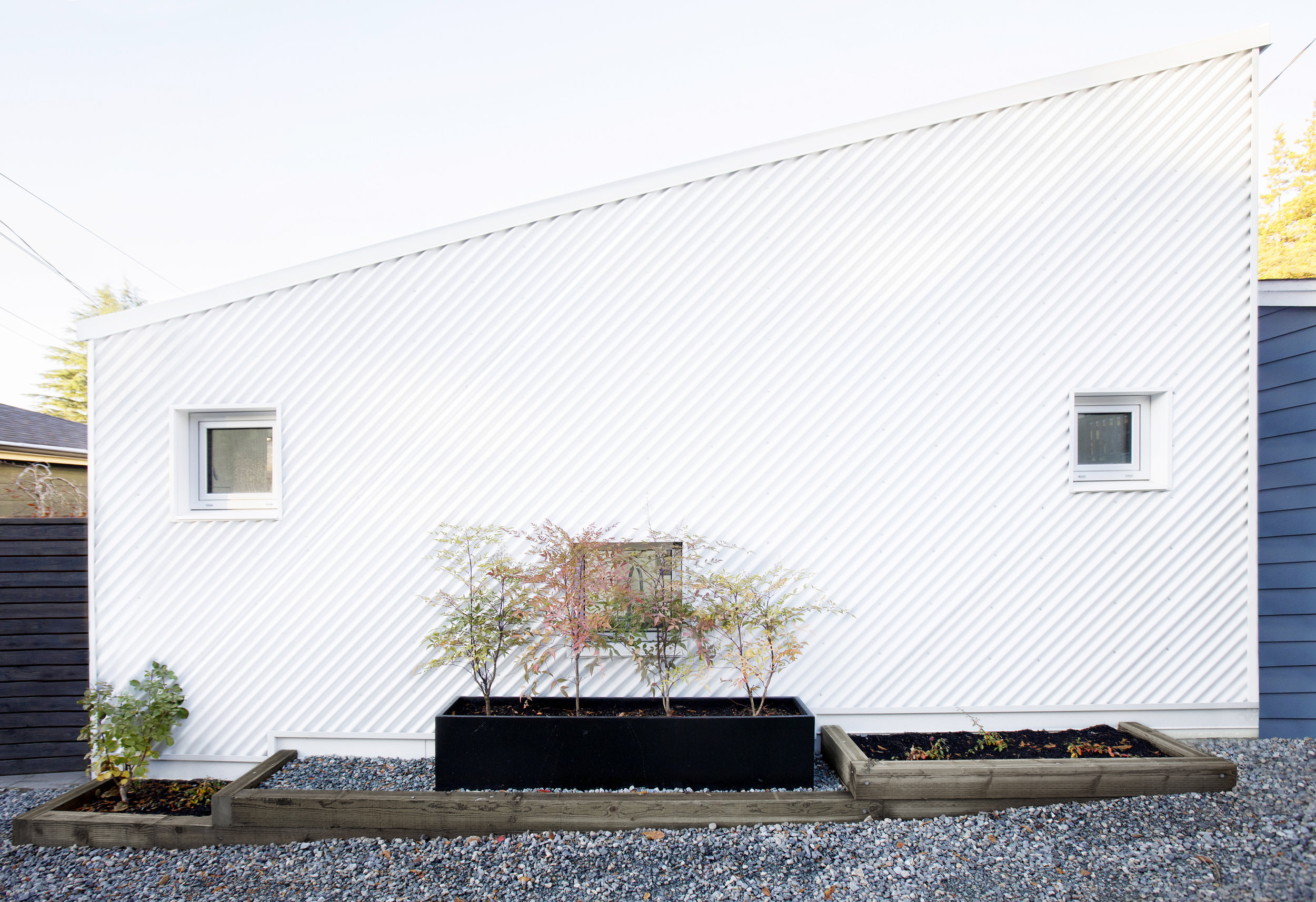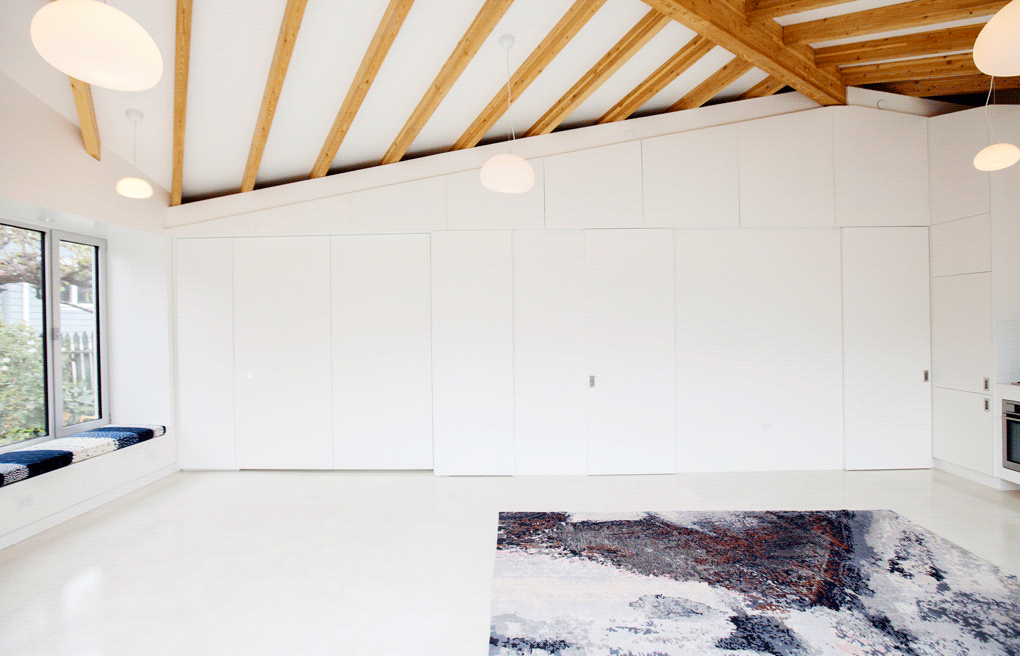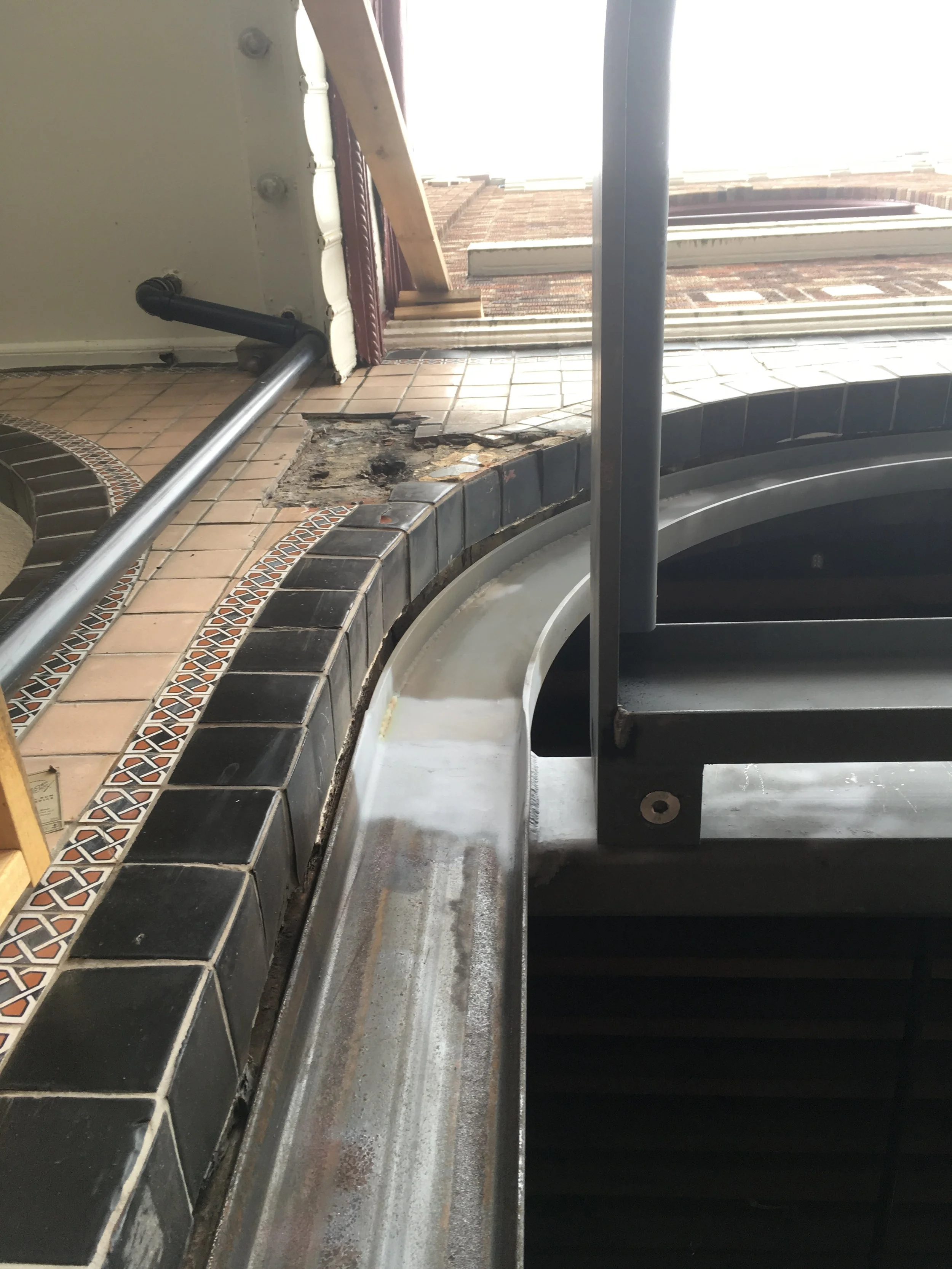Collective Solutions for Inclusive, Social Neighbourhoods
Type: The Missing Middle Competition
Status: Awarded - Second Place
Location: Port Coquitlam, BC
Project By: Happy Middle - Harley Grusko, Mark Shieh, Leslie Shieh, Wilmer Lau, Charles Montgomery, Kathy McGrenera, Michelle Hoar, Rufina Wu, Elsa Snyder
Our regional housing challenge is urgent. Too often, top-down redevelopment and cookie-cutter prescriptions fail to produce the flexible forms that meet the needs and incomes of a diverse population.
Let’s empower more people to become makers of their own neighbourhoods.
Our solution: A Playbook that gives neighbours a catalogue of ‘moves’ to create their own ‘plays’ and to creatively collaborate and do more with their land.
Over time, these ‘plays’ result in walkable, transit-friendly, medium-density neighbourhoods that offer long-term affordability, inclusive sociability and the continuing freedom for homeowners to make and choose the housing that suits them.
The Playbook reflects the aspirations of Port Coquitlam’s 2015 Housing Action Plan, but could be easily replicated in other municipalities.
The policy and design ‘moves’ push what’s currently permissible in Port Coquitlam’s RS1, RS2 and RS4 zones. These changes are necessary to achieve four of the six directions outlined in the Housing Plan:
• Expand opportunities for housing within residential neighbourhoods
• Increase options for ground-oriented housing
• Protect and expand rental housing
• Address housing needs of a growing senior population
Key Policy and Design Moves;
• Provide more support to small-scale development projects, especially those that involve collaboration between neighbours.
• Create long-term affordability for people to stay in place with a variety of tenure forms.
• Support spaces and programs that spark social interactions between neighbours.
• Decouple parking requirements from individual property. Instead solve for parking at neighbourhood scale.







